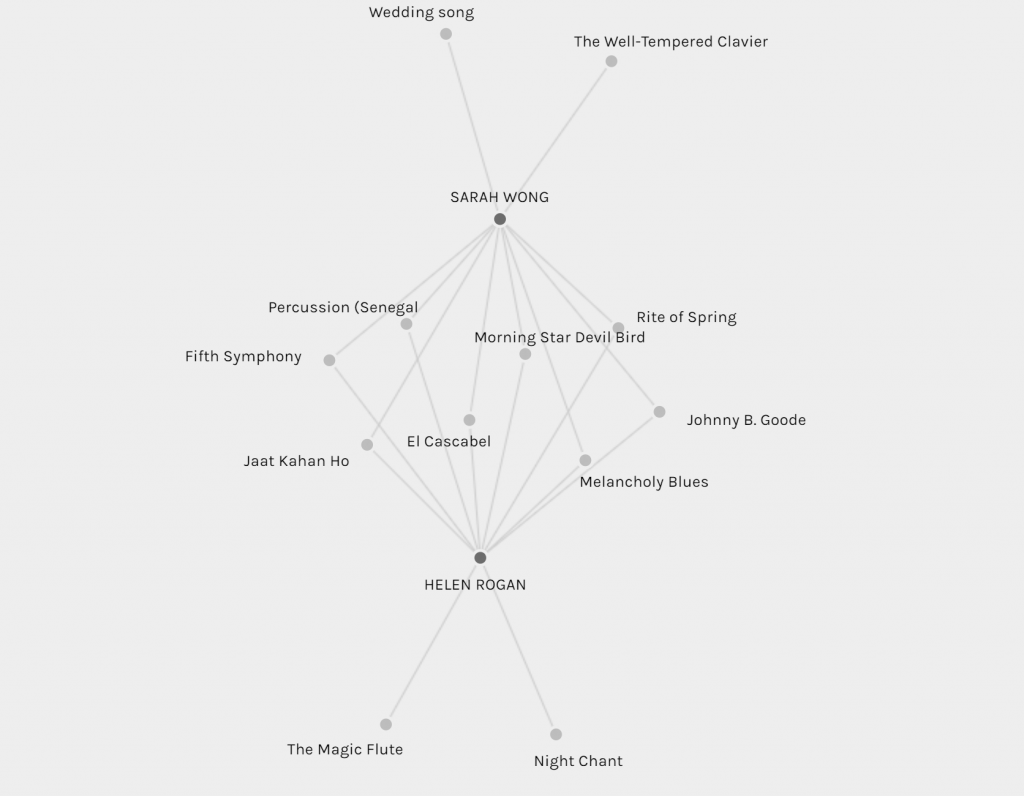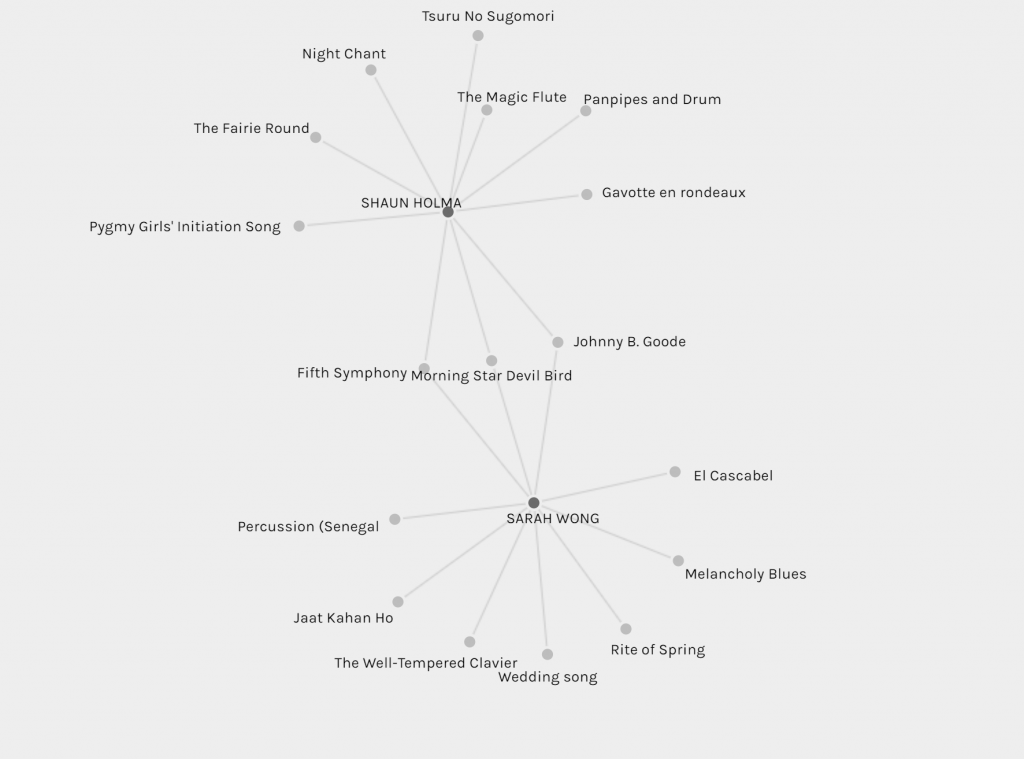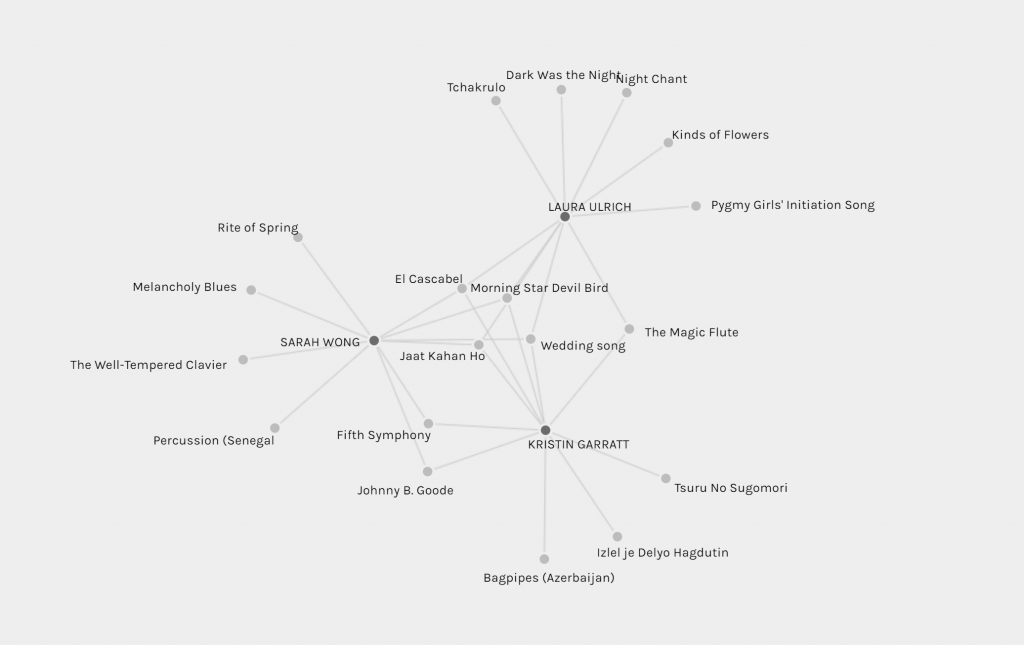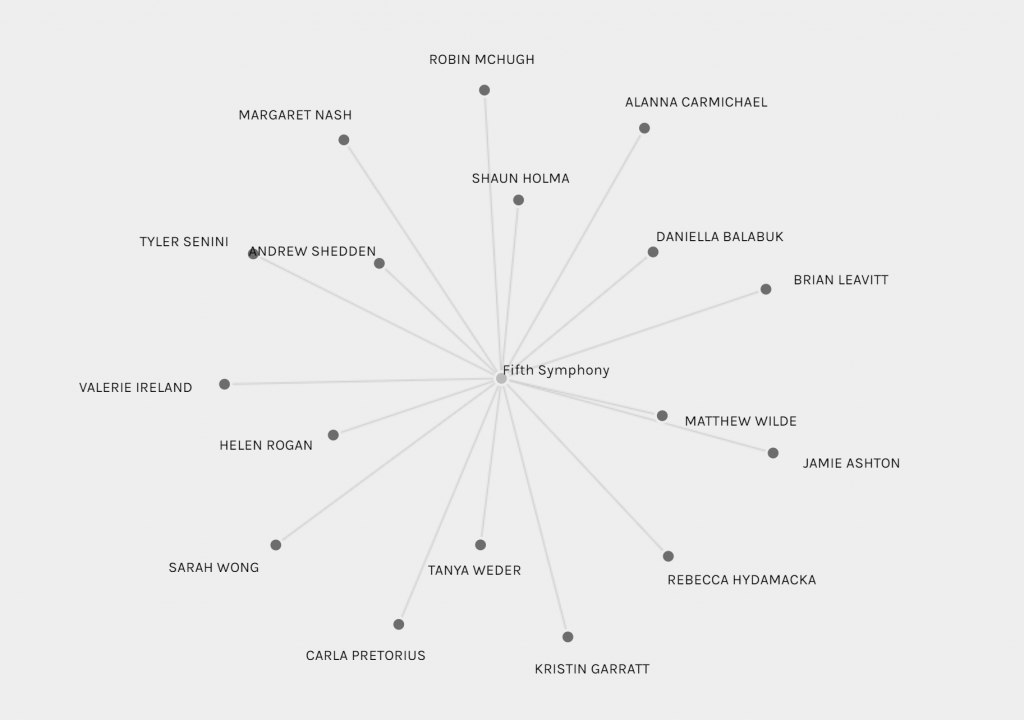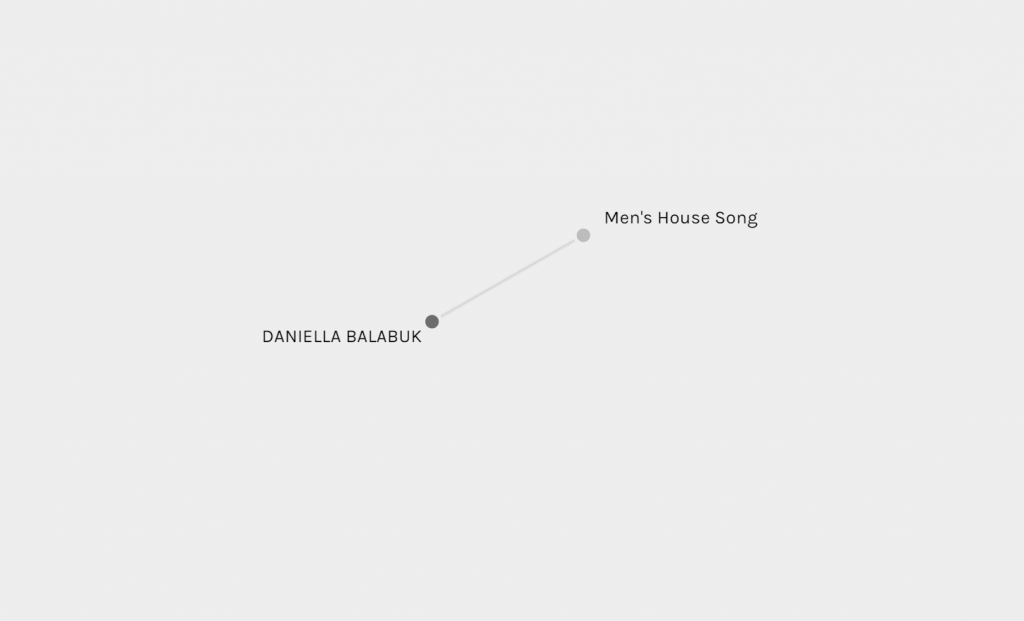This is a collection of two blog posts from thirty years in the future. One is a private blog from a high school science teacher from the lower mainland with over thirty years of experience and the other is a tech blogger with over twenty years of industry experience. Using the blog posts from future users of tech, we are able to glimpse into our future and how might technology be integrated into school life.
Blog No. 1
A student recently asked me what I thought was the most significant change in my career and it has really got me thinking. I can remember thirty years ago when I first started teaching. As a new and young teacher, we encountered the Covid-19 pandemic.
Suddenly halfway through the year, my world completely changed. It was ironic that my school had conducted a digital detox, with the thinking that our students were spending too much time on their devices at school and were lacking the healthy face to face interaction that we were accustomed to in our past. All of a sudden, we scrambled to deliver a fully online learning experience with zoom being our platform of choice.
Everything change, lesson plans, course load, homework, assessments and school life in general seemed to completely change overnight. There was a great deal of anxiety and uncertainty as to whether this was sustainable. We struggled our way to a well deserved summer break with the knowledge that education was never going to be the same.
Throughout the years as technology began to advance, we began to be accustomed to relying more and more heavily on technology for education. Computers became much more powerful and affordable allowing for more and more integration of technology into the classroom. I use the word “classroom” rather loosely as the classroom has become a blanket term for the virtual space of our current education system.
With the renaissance of VR due to leaps and bounds of computers and technology, we have almost completely moved to a VR learning environment. VR is probably the most significant change in technology in the last thirty years. Students are able to interact with content in a way that was never before possible all in the comfort and safety of their own home. They can travel to exotic environments in the past, present and future, and not only learn about the curriculum but truly experience what they learn. They can perform experiments and labs and are no longer limited by supplies, space availability or time limit. They can freely explore and truly master the curriculum they are tasked with. VR has truly brought about a revolutionary change in my career in education.
Blog No. 2
Recently I’ve been invited by the Future VR Company to experience and their new VR sensitivity Gloves dubbed the Real Touch Power Gloves. At first glance, they are no different to any pair of synthetic cotton gloves you would wear in the winter to keep warm. There are no wires, lights or anything that would suggest they are anything other than a regular pair of gloves aside from the stealth Future VR logo on the palm of each hand.
Everything changes when you put the gloves on your hands and pair them wirelessly to your VR headset. (In this case, it is a provided Future VR headset with is really no more than a pair of goggles, we will have a full review of the headset as well in a future article.) The pairing process is fairly straightforward. Once you have your headset on, you use the eye tracking enter the settings menu and the select the pair controller menu, you will be asked to draw several shapes using the gloves and to confirm when you are paired. That’s it, you are ready to go.
There were several preinstalled apps that we could try and use the touch sensitivity features. The first one was a rock climbing game that allowed you to scale the world’s most iconic mountain ranges. I’m no outdoorsman so I chose something that didn’t seem too difficult. It was a practice climbing wall that had coloured hand/foot holds that you could grip. The experience was truly mind-blowing. With the gloves, I could feel contours of the holds along with the texture of what I was feeling and even the elasticity of the surfaces.
The next app, which was more of tech demo where there were various objects in front of you with which you could freely interact. This includes a bucket of water, bouncy rubber ball and a couple of magnets. With the bucket of water, I was able to put my hand in water and feel the water flow around my hand as I scooped it up. It seemed quite real aside from the weight of the water not quite feeling natural but it’s not something that I would really notice unless I was looking for it. The bouncy ball on the other hand was quite real. I could freely toss it about and bounce it on the virtual floor. The last one which I feel is the most interesting was the magnets. I held one in each hand and as a brought them closer together, I could feel them pulling towards each other and snapping together when they were close enough.
I was informed by the rep that these are three of the current twenty titles available to support VR touch sensitivity and I was assured that that there were plenty to come. After the hands on with the gloves, we (the about twenty other tech reporters and I) were ushered to an auditorium where there a presentation about the gloves took place. We were presented with the vast possibilities and implications that these gloves could have ranging from precise control of fine machinery in industry to the education field where students can truly experience what they are learning with a particularly interesting application in the field of medicine where aspiring doctors and scientists could touch and feel the likeliness of living bodies (both externally and internally) and organisms under study. This would be a truly revolutionary way to learn.
This was an eye-opening first hands on with this new piece of tech. Availability is the 3rd quarter. There is no information or pricing currently, but many insiders have speculated that they should be available for the sub $200 USD price mark.


